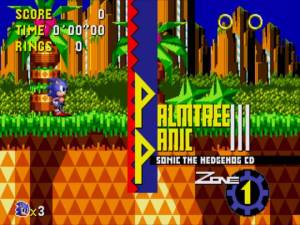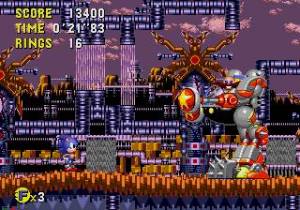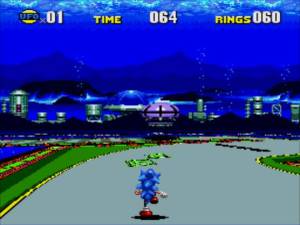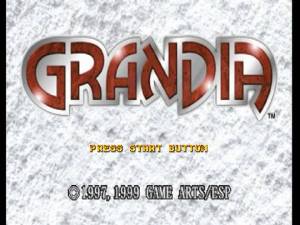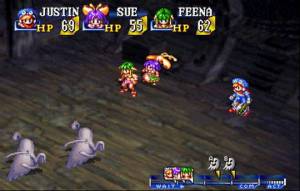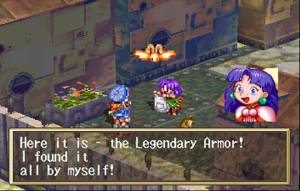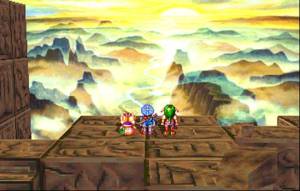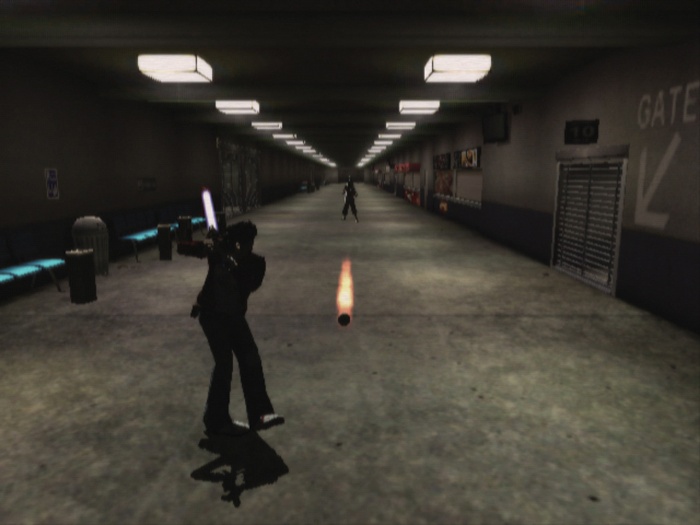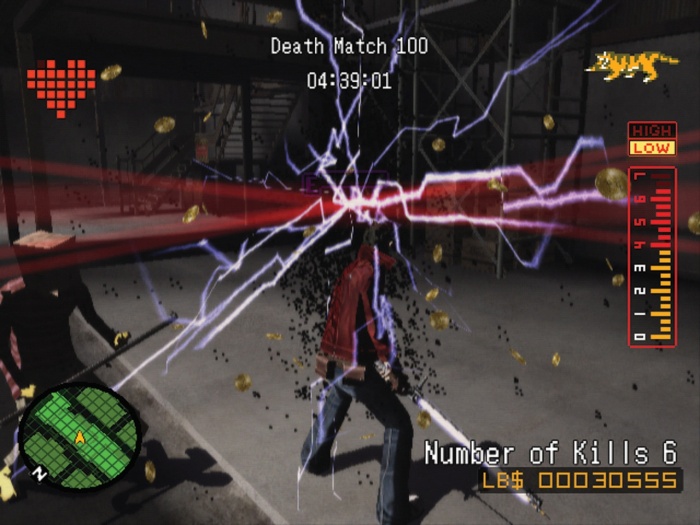 Hitman 2 is by definition a puzzler disguised as a stealth action game. Sounds odd but not when you think about it for a moment. Each mission is practically a brainteaser as to how you complete a mission without raising suspicion. It’s like a really brutal rubik’s cube puzzle. There’s normally three or four ways to compete the mission, the proper stealthy way by not being noticed by anyone (solving it by yourself) picking off the numerous guards that get in your way one by one without anyone noticing (solving just one side and neglecting the rest) or resorting to pure wanton violence (slamming the rubik’s cube to the ground and telling it to go to hell).
Hitman 2 is by definition a puzzler disguised as a stealth action game. Sounds odd but not when you think about it for a moment. Each mission is practically a brainteaser as to how you complete a mission without raising suspicion. It’s like a really brutal rubik’s cube puzzle. There’s normally three or four ways to compete the mission, the proper stealthy way by not being noticed by anyone (solving it by yourself) picking off the numerous guards that get in your way one by one without anyone noticing (solving just one side and neglecting the rest) or resorting to pure wanton violence (slamming the rubik’s cube to the ground and telling it to go to hell).
All good stealth games require planning of some sort. Before each mission, you’re briefed as to what you need to do, being supplied with the appropriate documents and images needed to carry out the kill as well as a satellite map to work out guard routines and civilian placements as most missions take place in public areas.
In theory you could just get a machine gun and wade in taking out all who oppose you yet chances are you’ll be overwhelmed by guards in a few seconds. You could get a sniper rifle, climb to the top of a really high building and pick off your target from afar. But chances are the building will be surrounded and swarming with guards (getting the picture yet?) within moments making escape almost impossible. In these instances, a different approach comes into play, mainly concealment and disguise.

Sneaking up behind someone with the fiber wire is one way of silencing guards or potential witnesses
People will be suspicious of the shady bald man in a black suit if they were standing 20 feet away from them but won’t if he’s dressed up in guards or civilian clothing. Therefore when killing or knocking out a guard or civilian, taking their clothes is sometimes the only way to get into areas you couldn’t access by yourself.
The first level is a perfect example of this: there’s a mansion that you need to enter to kill a mafia leader and free a hostage. The main gates are being patrolled by guards, the first side entrance has a guard normally coming through to ‘relieve’ himself every now and again, there’s a postman nearby having a cigarette and there’s a courier delivering food to the kitchen. One of the possibilities is hiding your weapons in the food and stealing either the postman or courier’s uniform and walk straight into the premises after being searched, collecting your weapons in the kitchen and wrecking havoc from the inside. There are many others options and methods but it all depends on how you approach the situation and what happens when you do.
Common sense comes into play as well when you obtain these disguises, you can’t be close to certain personnel otherwise they’ll discover you and wearing guard uniform is a no no if your face is visible. If you’re out of place, they’ll suspect you but only if you stay within their field of range. Pressing forward normally allows you to bypass this unless you go into an area that’s out of bounds in which case you’ll be greeted with machine gun fire.
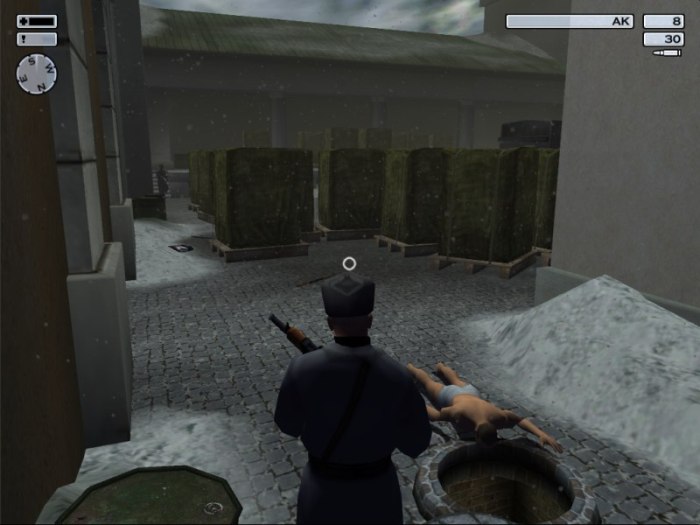
Obtaining disguises are normally a good way of getting through security. Just be sure to actually hide the bodies.
Also guards don’t suffer from Solid Snake syndrome (everyone suffering from collective amnesia when you’re out of sight for ten seconds), when you’re spotted, you’ll need some powerful weapons and a good vantage point to get out alive. They won’t forget you or your disguise and will search every nook and cranny until they find you which normally leads to some of Hitman 2 most thrilling moments.
But the greatest thrill is simply going in unnoticed disguised or otherwise, getting past security, performing your kill and getting out unnoticed. Trying to achieve the perfect kill is a mixture of tension and exhilaration as you carefully make your way through each situation without blowing your cover.
But the real joy is approaching each mission the way you want to, the game doesn’t penalize you so long as you complete each task, directly or indirectly . To be honest, there’s something liberating about breaking the rules and massacring an entire army because you didn’t want to hide in the shadows for half an hour but that’s missing the point. For those who want to break away from the norm and the Metal Gear solid definition of stealth, they’ll find themselves playing a thoughtful and clever action puzzler.


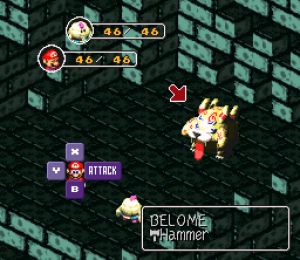
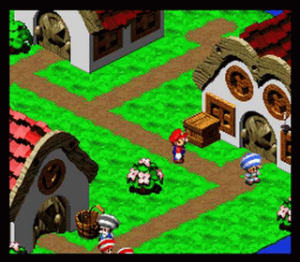
 The world of console development has been always about one thing: staying ahead of the pack either in capability or innovation (as the Wii has proven). During the early 90s, the SEGA Mega Drive and the SNES (Super Nintendo Entertainment System) were both constantly striving to be one step ahead and ultimately gain an advantage over their major rival. The introduction of the CD-ROM was the new holy grail with its potentially (you’ll later see why I decided to use that word) superior capabilities such as greater memory, cheap development costs, CD quality sound and the inclusion of Full Motion Video (FMV) cutscenes. Both consoles had an equal share in the console market and introducing the CD-ROM to the gaming masses would have meant creating an entirely new console. Neither side were willing to do this as both consoles had developed a firm foundation of fans in which the majority (of which the average age of console owners were 14, I think) didn’t have the funds to buy an entirely new machine, developers would slow down or halt their support for their current console of choice plus the development costs would suck up funds that could be invested in maintaining their hold on the market.
The world of console development has been always about one thing: staying ahead of the pack either in capability or innovation (as the Wii has proven). During the early 90s, the SEGA Mega Drive and the SNES (Super Nintendo Entertainment System) were both constantly striving to be one step ahead and ultimately gain an advantage over their major rival. The introduction of the CD-ROM was the new holy grail with its potentially (you’ll later see why I decided to use that word) superior capabilities such as greater memory, cheap development costs, CD quality sound and the inclusion of Full Motion Video (FMV) cutscenes. Both consoles had an equal share in the console market and introducing the CD-ROM to the gaming masses would have meant creating an entirely new console. Neither side were willing to do this as both consoles had developed a firm foundation of fans in which the majority (of which the average age of console owners were 14, I think) didn’t have the funds to buy an entirely new machine, developers would slow down or halt their support for their current console of choice plus the development costs would suck up funds that could be invested in maintaining their hold on the market.